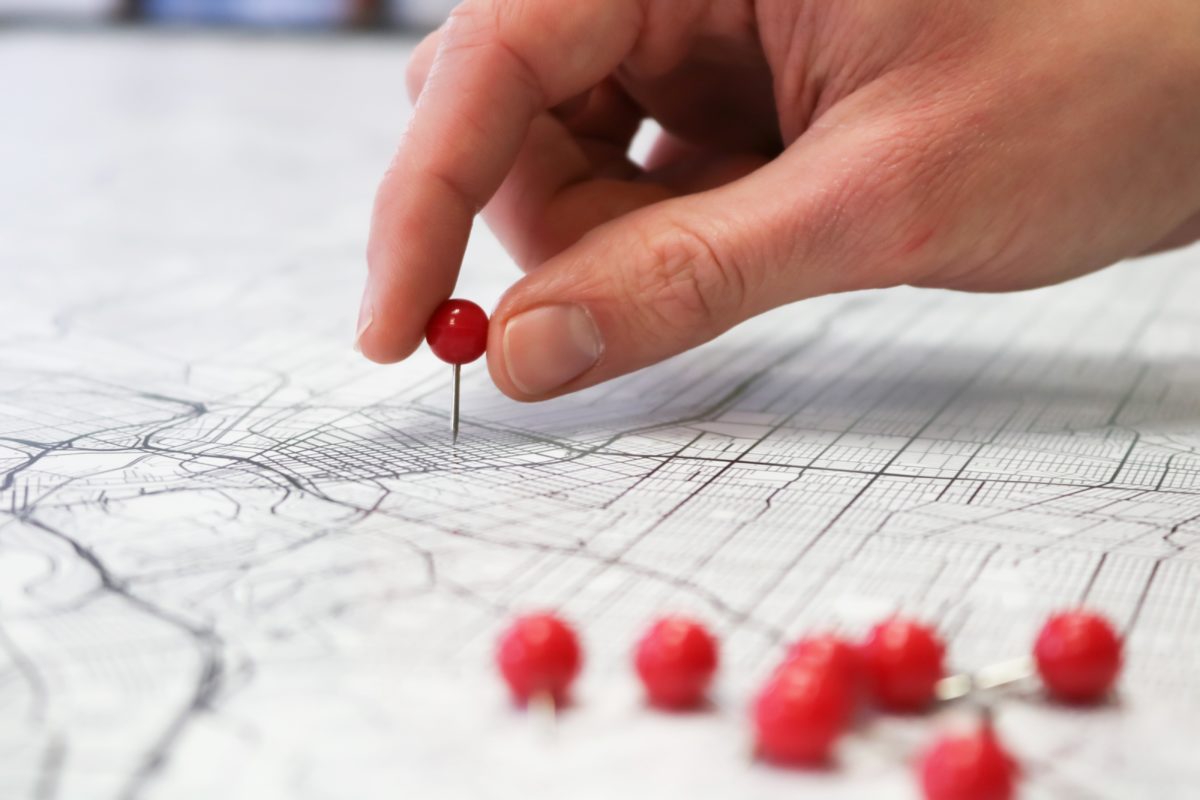When people think of cartographers, the odds are they’re not thinking of our era filled with satellite technology, smartphones, web programming, and our collective good friend Google. Instead, their minds most likely jump straight to a far earlier piece of our history, a time when kings ruled, the Earth was still primarily regarded as flat, and a massive chunk of the world was still a mysterious unknown just waiting to be discovered.
But the reality is that cartography is far from a dead profession, a ghost from centuries long gone. On the contrary, it remains an incredibly relevant profession even today, although it does admittedly look different than it once did. Interested in it for yourself or simply want to see what the job truly looks like these days?
Here’s a day in the life of a cartographer – what they’re expected to do, the skills they must possess in order to be successful within the career, and the responsibilities that are also all just part of the job.
What Does a Cartographer Do?

Cartography – besides our general understanding of it being related to maps – eludes most of us out there. After all, it isn’t a job we hear much about anymore, and unless you were in the profession yourself, you probably didn’t know much more in the past, either. However, the basics of the work aren’t all that difficult to understand in actuality.
Cartographers are essentially people who gather geographic info, analyze it, and interpret it to help develop various types of maps and related graphics. They use a mix of several different sources to do so, namely satellite images, details from land management agencies, maps made by other cartographers, aerial photos, geodetic surveys, and other documents regarding spatial data.
It’s through these mediums that they’re able to build a more comprehensive understanding of both places near and far, which in turn aids them in creating more accurate maps and helpful guides.
Skills Needed for the Job
When broken down, the basic job of cartography doesn’t sound quite as intimidating as it might at an initial glance. Yet don’t take this fact and run with it too awfully far. There’s still a lot of complex stuff going on under the surface. Not just anyone can walk up to a cartographer’s office and immediately do the work. It takes a whole slew of skills to get the job done and done right, indeed far more than we can fully detail here. But a few of the most important include:
- A careful and keen eye for detail since much of cartography involves massive amounts of research and data collection
- A Strong understanding of the principles of design (i.e., what colors to use, which symbols are better functionally and aesthetically, which font makes for a good experience, etc.)
- Familiarity with the mathematical concepts behind cartography
- The ability to use Geographic Information Systems (GIS)
- General tech literacy
- A knack for spatial awareness, analysis, and problem-solving
- Flexibility to work both alone and with a team
- Ability to render and develop translations of data gathered into visual representations
Daily Life of a Cartographer

Like most jobs, the daily life of a cartographer is filled with many tasks big and small, all of which will vary depending on employer, office, company structure/approach to cartography, location, and project. Most do share the same basic outline, though.
On a typical day, cartographers will be assigned or will start work on a single map and will usually be left to determine everything from its overall look and layout to the information presented within the map to the way said information should be presented. That means size, scale, projection, colors, line style assignments, and all manner of specifications are up to them.
After deciding on some of these and ensuring production will follow suit, critical geodetic points will be identified, topographic features will be applied, and elevations will be established, offering up plenty of in-depth information for map readers to have at their disposal.
But creating these maps is just one part of the job. A cartographer’s day also often consists of:
- Gathering data to be used for current projects or future maps, often by compiling images, survey notes, governmental records, local charts, and more
- Review information taken by surveyors and found with remote sensing tech
- Utilize Graphic Information Systems for self-directed map design and maintenance and collaborate with surveyors to provide additional GIS data collection.
- Study legal records detailing property, local, statewide, and international boundaries.
- Create and edit trace maps, charts, models, and other figures of terrain
- Review finished charts and maps for completeness and to guarantee all production guidelines have been followed by other workers/departments
- If in a managerial position, support budgeting efforts, supervise fellow cartographers/related employees, and help where needed to meet deadlines
If this list sounds like a considerable amount of work, that’s because it is! Cartographers have very important jobs. Their creations play a critical role in keeping everyone from pilots and naval captains to your average road trip and hiking junkie safe and sound while traveling, necessitating a packed daily schedule.
However, rest assured they are usually reaping the benefits.
– Let us know what you thought of this article and if you have any questions! Reach out and share your thoughts with us at www.mapshop.com
– Want to talk to one of our experts? Head over our Custom Map page to chat.

